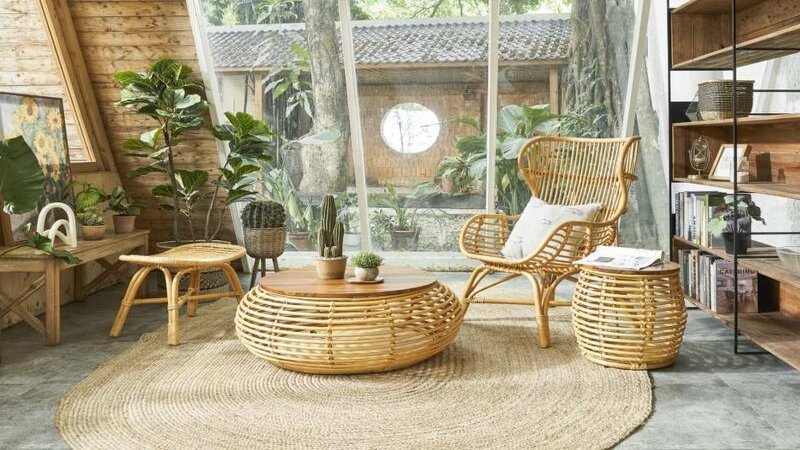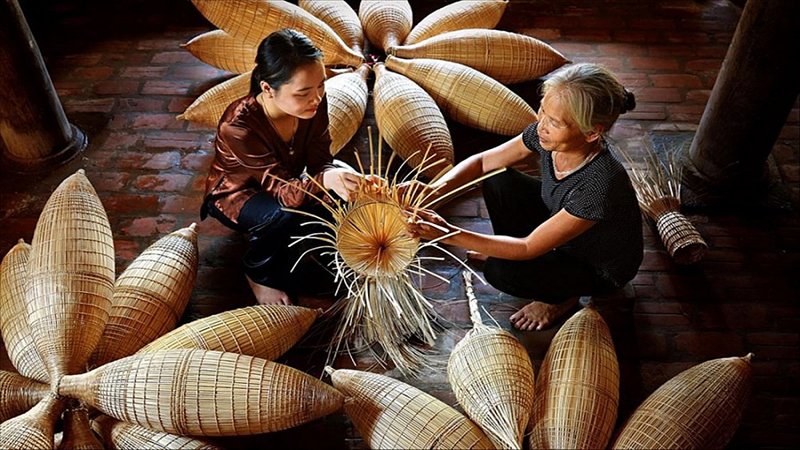No products in the cart.
Blog
How To Weave A Rattan Basket Tips For Perfect Results
Learning how to weave a rattan basket is a rewarding craft that blends functionality with natural beauty. Perfect for beginners and experienced crafters alike, rattan is a durable and flexible material ideal for creating elegant, long-lasting baskets.
The simple steps of weaving your own rattan basket will be guided in this blog. From choosing the appropriate materials to grasping basic weaving techniques, you can learn everything you need to know to craft a gorgeous work that expresses your individual style.
Understanding Rattan Basket Weaving
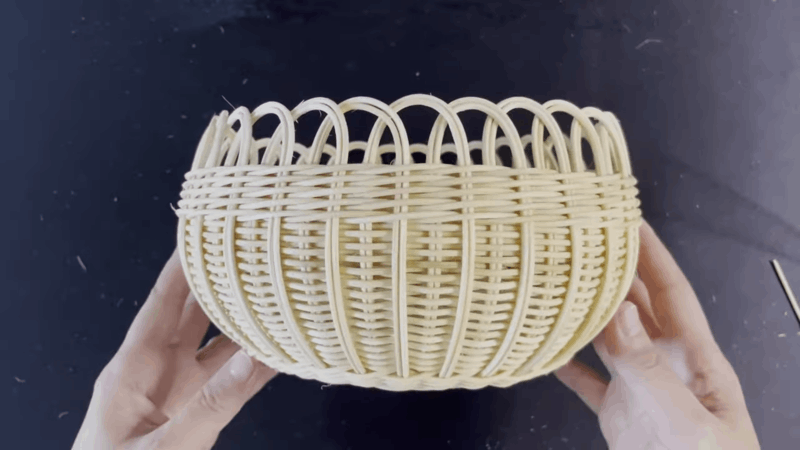
Weaving baskets and other objects out of rattan, a kind of palm that resembles a vine, is an age-old skill. Artisans weave thin strips of rattan into intricate patterns and designs so skill and patience will be required in this process.
To preserve traditional methods and allow for creative innovation, the technique has been used through generations. Because of their strength, adaptability, and organic beauty, rattan baskets are prized for both practical and adornment purposes.
Rattan Basket Weaving Materials
Creating high-quality rattan baskets requires not only skilled craftsmanship but also the right materials. Here are some essential aspects that we should be aware of:
Types of Rattan Used for Basket Weaving
To weave rattan baskets, several types of rattan are used, including:
- Calamus: Distinguished for its silky smoothness and pliability, this material is perfect for complex weaving.
- Daemonorops: Offers a slightly rougher texture and is often used for more robust, durable baskets.
- Korthalsia: Features a mix of strength and pliability, suitable for both functional and decorative items.
Additional Materials Needed
Beyond the rattan itself, artisans use a variety of tools and materials, including:
- Tools: Knives, scissors, and awls for cutting and shaping the rattan strips.
- Binding materials: Twine or synthetic binders to secure the ends of the rattan and reinforce the structure.
- Finishing products: Varnish, lacquer, or natural oils to protect the finished basket and enhance its appearance.
Where to Source Rattan and Materials
Rattan and other materials can be sourced from several places:
- Local suppliers: Many regions have local markets or specialty stores that sell rattan and weaving supplies.
- Online retailers: Websites dedicated to craft supplies, such as WipartisanVN often carry a wide range of rattan types and necessary tools.
- Sustainable plantations: Some suppliers offer rattan sourced from sustainable plantations, ensuring environmentally friendly practices.
Types of Rattan Weaves
Rattan weaving techniques are various, including different types of weaves that determine the basket’s texture, strength, and appearance. Common types of rattan weaves include:
- Plain weave: The most basic weave, where rattan strips are interlaced in an over-and-under pattern.
- Twilled weave: Creates a diagonal pattern by weaving two or more strips over and under alternately.
- Hexagonal weave: Forms a honeycomb-like pattern, ideal for decorative baskets.
- Herringbone weave: Features a zigzag pattern that adds visual interest and strength.
- Checkered weave: Combines different colors or types of rattan in a checkerboard pattern.
Each type of weave offers unique aesthetic and functional qualities, allowing artisans to create a wide variety of rattan products.
Step-By-Step Guide: How to Weave a Rattan Basket?
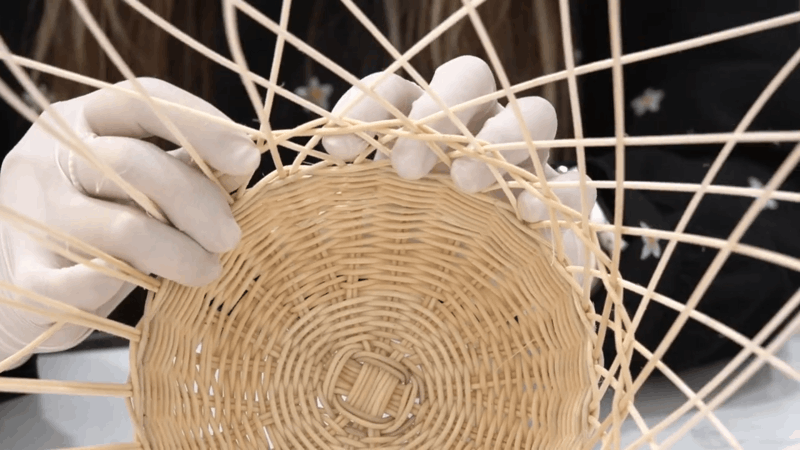
A fulfilling craft that blends creativity and tradition is weaving rattan baskets. To start, you can follow these steps:
- Gather your materials: Collect rattan strips, cutting tools, binding materials, and finishing products.
- Prepare your workspace: Ensure you have a clean, spacious area to work in.
- Soak the rattan: Soak rattan strips in water to make them more pliable.
- Create the base: Arrange the initial rattan strips in a cross pattern and weave them tightly to form the base.
- Build the sides: Weave additional strips around the base to form the sides, maintaining even tension.
- Finish the top: Trim and tuck the ends of the rattan strips to secure the weave.
- Apply finishing touches: Use varnish or oil to protect the basket and enhance its appearance.
Preparing Materials for Rattan Basket Weaving
Before you begin weaving, it’s essential to prepare your materials properly:
- Select quality rattan: Choose flexible, high-quality rattan suitable for basket weaving.
- Cut the strips: Use sharp tools to cut rattan into strips of desired lengths and widths.
- Soak the rattan: Soak the rattan strips in water for several hours to make them pliable and easier to weave.
- Organize your tools: Ensure all necessary tools—knives, scissors, awls—are within easy reach.
Applying the Finishing Touches to Your Basket
The final touches are crucial for enhancing the durability and appearance of your rattan basket:
- Trim excess rattan: Carefully trim any protruding ends of rattan strips.
- Secure loose ends: Tuck or bind any loose ends to prevent unraveling.
- Apply a finish: Use varnish, lacquer, or natural oils to protect the rattan and give your basket a polished look.
- Add decorative elements: Optional – add embellishments such as beads, paint, or fabric to personalize your basket.
- Inspect the basket: Check for any weak spots or loose weaves and make necessary adjustments.
Advanced Weaving Techniques and Designs
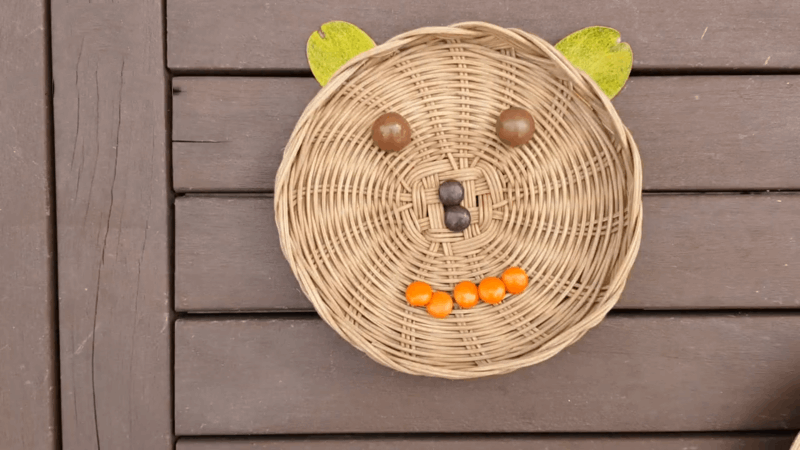
Advanced weaving techniques such as double weaving and twill patterns introduce intricate designs and added durability to rattan baskets. The artisan’s skill and creativity can be shown due to the creation of complex, aesthetically pleasing patterns and structures that are both functional and decorative are permitted by these techniques.
Incorporating Metal Clasps and other Elements
Incorporating metal clasps, handles, or other elements into rattan baskets enhances both functionality and aesthetic appeal. Secure closures are ensured by metal clasps, portability is enhanced by handles, and the basket’s distinctive and adaptable design is further enhanced with extras like decorative beads or fabric linings.
Care and Maintenance of Rattan Baskets
To keep your rattan baskets looking beautiful and functional for years, proper care and maintenance are essential. Here are some key tips on maintaining handicraft items used in home decoration, including rattan baskets.
- Regular dusting: Use a soft cloth or a vacuum with a brush attachment to remove dust and debris regularly.
- Avoid sunlight and moisture: Keep rattan baskets out of direct sunlight to prevent fading and brittleness. Avoid placing them in damp areas to prevent mold and mildew.
- Cleaning: For thorough cleaning, use a damp cloth with mild soap. Wipe down the basket gently, ensuring not to saturate the rattan. Rinse with a clean damp cloth to remove any soap residue.
- Applying oil or varnish: Occasionally apply a thin layer of natural oil (like linseed or lemon oil) or varnish to maintain the rattan’s flexibility and shine. A protective barrier against dirt and moisture will also be provided by this.
- Storage: Store rattan baskets in a cool, dry place. If stacking multiple baskets, ensure they are not compressed to avoid misshaping.
Your rattan baskets will remain in excellent condition if you follow these simple steps.
Conclusion
Mastering how to weave a rattan basket not only connects you to a timeless craft but also lets you create beautiful, functional pieces for your home. You will develop skills that can be and enjoyed by others with patience and practice. Start your weaving journey today and discover the joy of handmade artistry.
Hello, I am Althea Stone, a devoted enthusiast of handicrafts, finds solace and creativity in the intricate artistry of handmade goods. My passion for crafting extends beyond mere hobby, serving as a gateway to self-expression and a means to infuse everyday life with beauty and ingenuity.

